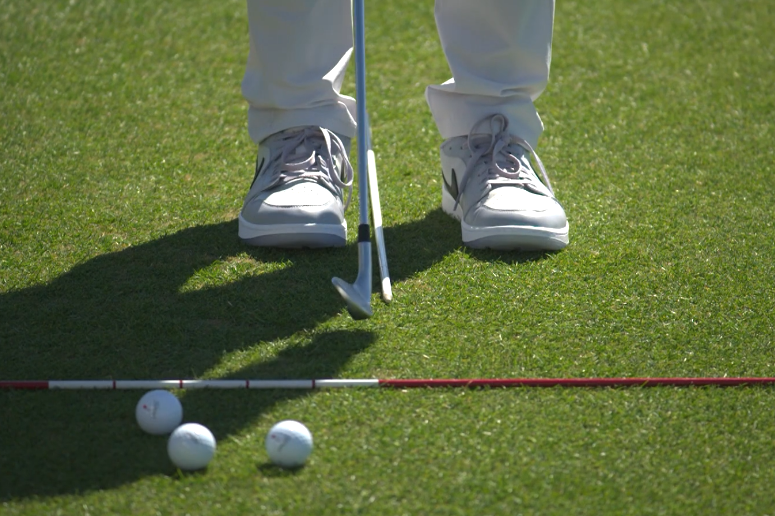Everyone loves shooting low scores, but most golfers don’t have the same level of excitement to work on their short games. This rings true for players of all levels, despite the fact that we all know that often times, getting up and down more is the fastest way to lower your scores.
In this article, we are going to break down five of our favorite chipping drills. As we do so, let’s have a little reminder about what “chipping” is specifically. To quote one of our golf instruction experts, Tim Mahoney, “chipping is when the club doesn’t get above your hands on either side of the swing, and the ball rolls further than it flies in the air.”
With that in mind, let’s dig into some of our top recommended drills.









